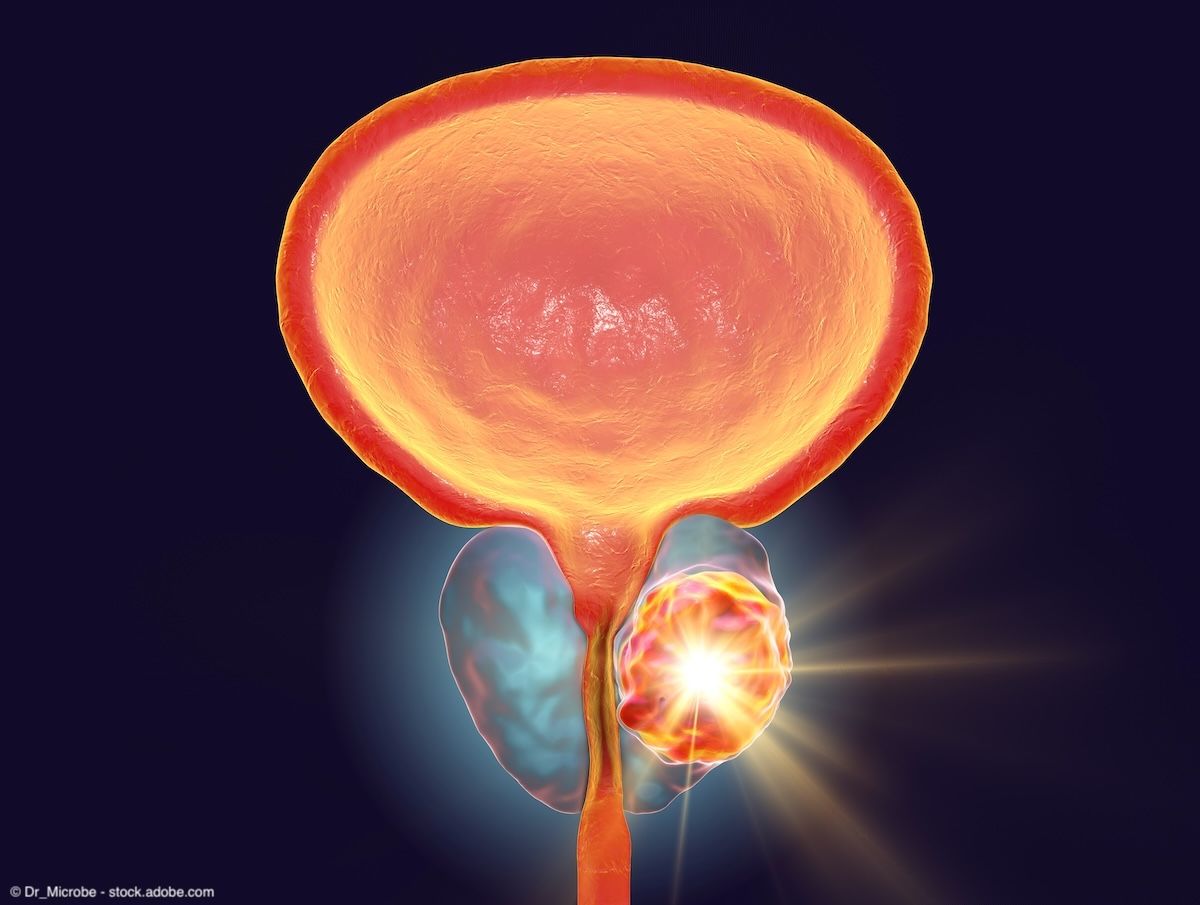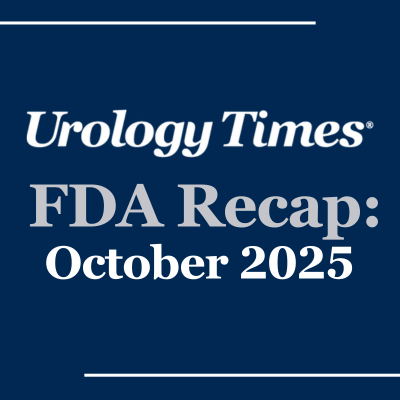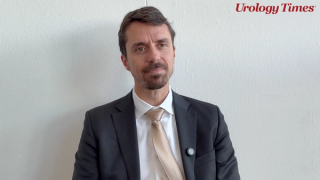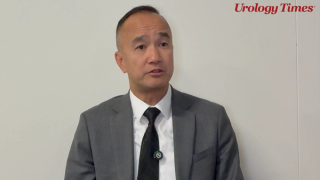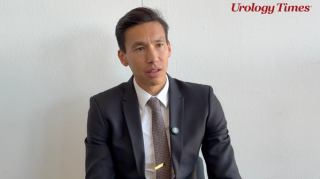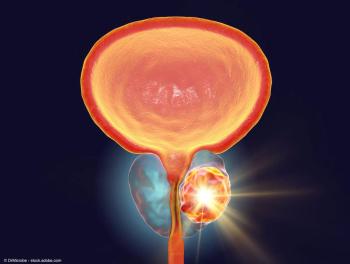
Prostate Cancer
Latest News
Video Series

Latest Videos
Shorts









Podcasts
CME Content
More News

The mean baseline FACT-G total score for the niraparib group was 79.7 (standard deviation [SD], 14.9) and was 79.3 (SD, 15.2) for the placebo group.
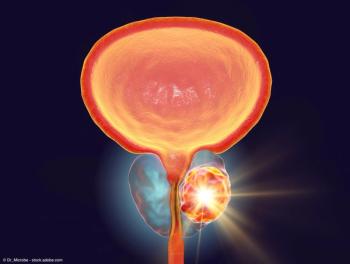
“Overall, the combination of saruparib plus an ARPI was well tolerated," Arun Azad, PhD, MBBS.

"The primary end point was met, showing a statistically significant rPFS benefit with the combination of capivasertib and abiraterone," said Karim Fizazi, MD, PhD.

Stephen J. Freedland, MD, reported that with combination enzalutamide/leuprolide, the risk of death was 40.3% lower vs leuprolide alone.

The grade 3-5 AE rate was 78.9% (95% CI, 70.8-85.6) in the 75 mg/m2 arm vs 61.2% (95% CI, 51.9-69.9) in the 50 mg/m2 arm (P =.0024).

The new CPT code will be effective starting on July 1, 2026.

The phase 2 Co-PSMA trial has met its primary end point.

The trial will assess the effect of adding docetaxel to SOC hormone therapy plus apalutamide in mCSPC.

The phase 1 trial is assessing VIR-5500 as both a monotherapy and in combination with ARPIs in prostate cancer.

SBRT demonstrated favorable 4-year biochemical recurrence-free survival with a manageable safety profile.

The study is assessing the safety and tolerability of the CaverSTIM device for ED after surgical removal of the prostate.

The PROSTOX ultra test can predict which patients with localized prostate cancer are at a higher risk of GU toxicity from SBRT.

Veda N. Giri, MD, outlines alternative care delivery models that could help improve access to genetic testing for prostate cancer.

Data showed that adding niraparib to AAP significantly improved radiographic progression-free survival in this patient population.

CAN-2409 plus valacyclovir significantly improved disease-free survival compared with placebo plus valacyclovir.

Here’s a look back at notable news between July and September 2025.

We recap notable headlines from last month in the urologic oncology space.

Melvin L.K. Chua, FRCR, PhD, FASCO, highlights data validating the performance of the ArteraAI Prostate test in an Asian cohort of patients with prostate cancer.

Jason M. Hafron, MD, CMO, reflects on the most impactful recent developments in prostate cancer and offers insight into where the field is headed.

Daniel Spratt, MD, presented data validating the PAM50 gene expression signature as the first predictive biomarker to guide hormone therapy in prostate cancer.

A comprehensive guide to the key regulatory decisions and conferences slated for the last few months of the year.

According to the authors, CAN-2409 may represent the first new treatment option for men with localized prostate cancer in over 2 decades.

Veeru Kasivisvanathan, MBBS, BSc, FRCS, MSc, PGCert, PhD, highlighted how bpMRI aligns with evolving diagnostic strategies.

Mihir S. Shah, MD, outlines ongoing research on treatment intensification prior to radical prostatectomy in patients with localized prostate cancer.

The PREDICT-RT trial is evaluating intensified or de-intensified concurrent hormone therapy and radiation regimens in high-risk prostate cancer.



